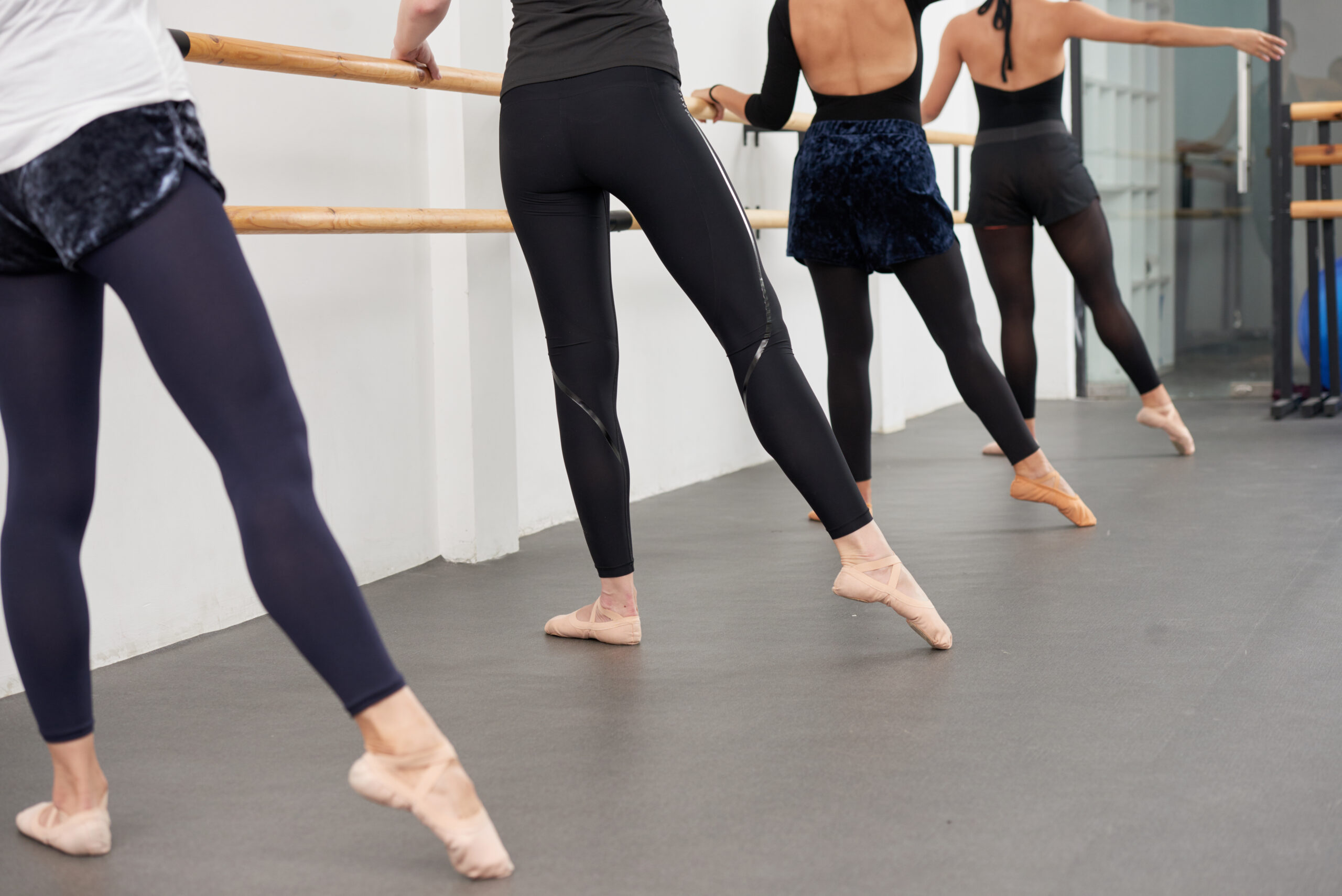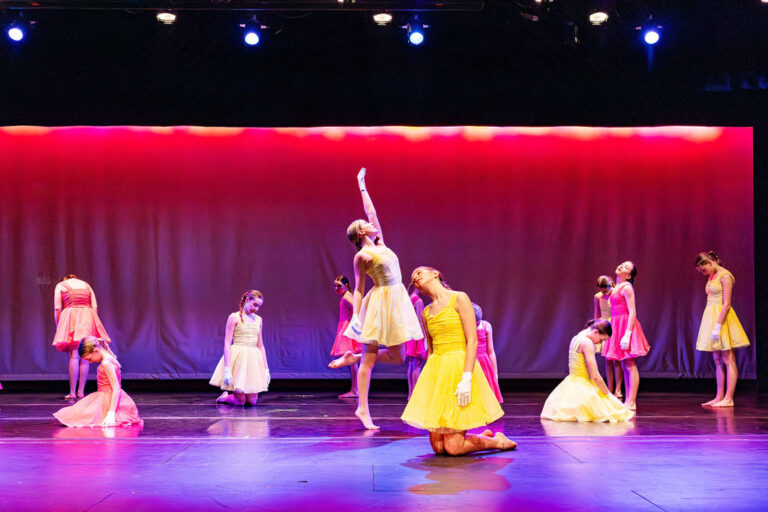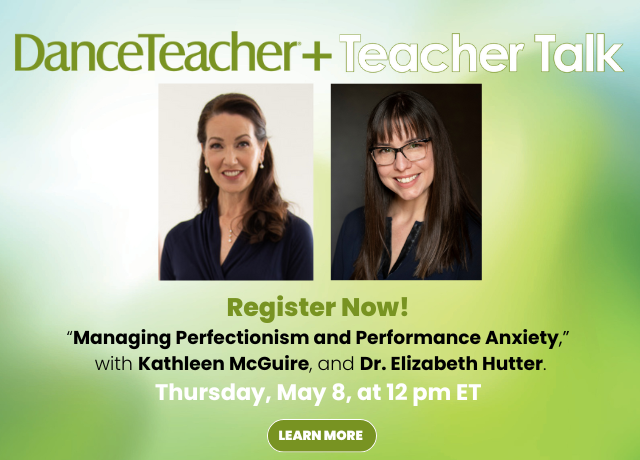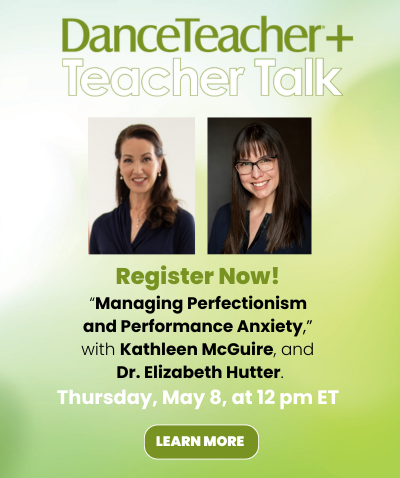
It was the first day of the semester at Central New Mexico Community College, where I teach a basic-level flamenco dance course for adults. As each student introduced themselves, it became apparent that, like in most intro level classes, more than half of the students had prior dance experience. But they also seemed to carry some sort of lingering trauma from those experiences. Some openly told their stories as part of their introduction, sharing comments like “I was told I would never get it,” “I was always on the wrong foot,” or “I don’t have the right aesthetic,” while for others it took months to open up. Over the course of the semester, students often would comment how empowered they felt as they little by little achieved dance goals they’d believed to be out of reach. For students with lingering dance trauma, the path to embracing dance again is filled with twists and turns. The process is fragile, as the instructor must reframe dance in both the bodies and minds of these students.
As a term, “trauma” can describe a multitude of serious or life-threatening situations and circumstances that cause significant distress. Dr. Paula Thomson, a licensed clinical psychologist and a professor at California State University, Northridge, explains what teachers should look for to recognize unresolved traumatic experiences: “Heightened reactivity and impulsivity, reduction in curiosity, inhibition in learning and exploring, increased anger or aggression, reduced ability to focus and retain information, difficulty with risk taking, withdrawal and isolation, increased perfectionism, and/or dissociative states.”


When recognizing these signs in their students, educators might assume that a person’s trauma experience occurred outside of dance, which ignores the obvious: Some trauma experiences come directly from dance.
In my experience, teachers of adults are more likely to have students enroll with prior trauma specifically from dance, as most students traumatized in a dance situation leave training and don’t return until they are adults. When starting over, they often give it another try in a beginning-level class, regardless of ability. For these students the dance studio is not a neutral space; it is the traumatizer, and it takes a lot of courage just to show up.
Bianca Starr, director of Bianca Lily Ballet in Albuquerque, New Mexico, specializes in adult ballet instruction. She explains that students with dance trauma can be good at concealing their anxieties and fears. “For some, it comes from a negative childhood experience, like being told they weren’t right for dance. Others may come from the professional track, returning with broken bodies and broken hearts,” says Starr. “Many believe that a brutal system is necessary to create an elite dancer.”
While teachers are often eager to only speak about the positives of dance education, acknowledging its dark side can be key to empowering students—and disempowering dance-related trauma events. Dr. Diane Duggan, adjunct faculty in dance education at New York University, explains, “Trauma-informed dance education addresses the two basic needs of people affected by trauma: safety and agency.” Duggan says that this includes “addressing safety in class with rules and routines, recognizing and respecting students’ needs for personal space, and providing agency by requiring consent anytime there is touch.” She adds that it can also be helpful to make time for relaxation and reflection at the end of class.
“The body stores past painful memories, but it also stores past positive memories and can form new positive experiences that will promote positive somatic embodiment. These positive experiences will help traumatized dancers reclaim ownership of their body and their creative expressivity.”
Dr. Paula Thomson
It is crucial for dance educators to develop techniques to support students who’ve experienced trauma in dance. Thomson recommends that teachers create an environment that provides an increased sense of safety and trustworthiness. “Encourage peer support and collaboration, and provide opportunities for traumatized students to feel more empowerment and choice,” she says. “Repeated positive and supportive experiences will transform traumatic somatic responses to somatic and psychological adaptive resilience.”
Courses in how to teach students with trauma are becoming essential professional development for dance educators. Starr suggests finding a trauma-informed instructor. “Look for teachers who are willing to answer your questions and who are open to you making any modifications you may need to make,” she says.
Below, Starr shares five tools teachers can use in the studio to best support a student’s journey from dance trauma to dance joy.
1. Create a welcoming environment. Play music before class to set the tone, adjust the lighting for the start of class, and encourage students to get to know each other. Getting people to exchange names with one another and say hello at the start of class can go a long way towards making people feel more at ease.
2. Celebrate when your students make an improvement, implement a correction, or achieve something in class.
3. Model how to handle mistakes yourself. A lighthearted acknowledgment of your own errors can demonstrate to students how to carry on without undue self-recriminations. It will also make them less fearful of your response when they mess up.
4. Corrections should adjust what or how something was done—not who or what a person is—and should be delivered in a supportive fashion. Pointing out that certain errors are a common mistake can emphasize that mistakes are part of the learning process.
5. Create some predictability. As much as possible, try to start on time, be consistent in your demeanor and temperament, and develop certain hallmarks of your classes and rehearsals that provide a sense of familiarity from one time to the next. When people do not know what to expect, their anxiety rises.






